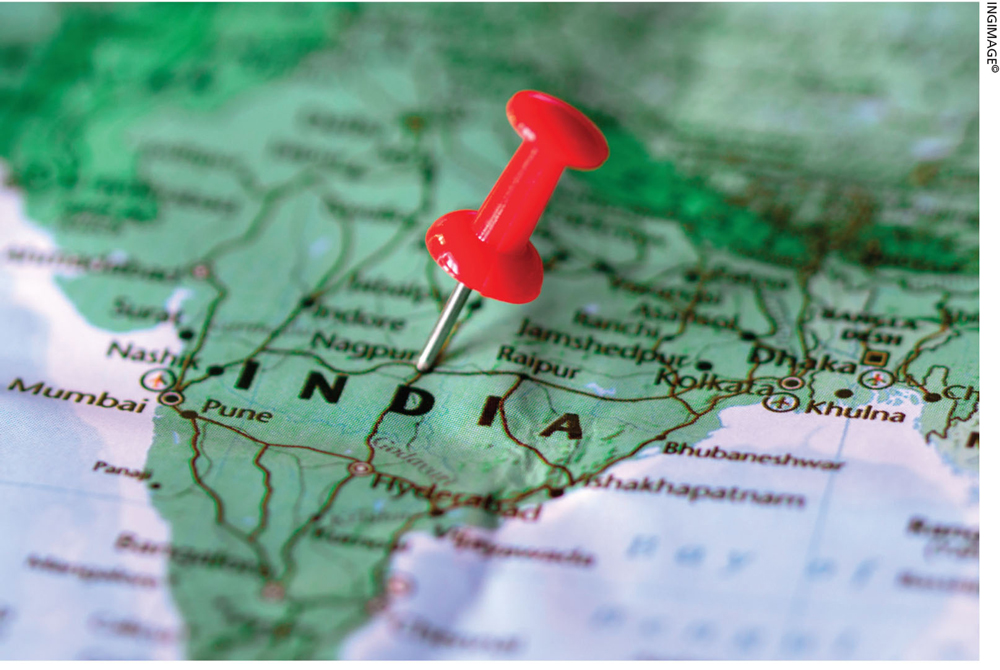
ACCENT ON NATIONAL INTEREST
Sri Lanka needs to craft its foreign policy judiciously – Dr. Jehan Perera

Shortly after the 26 year civil conflict ended in 2009, a research team from the United States Senate Committee on Foreign Relations visited the island and produced a report titled ‘Sri Lanka: re-charting US Strategy after the war.’ It was also known as the Kerry-Lugar Report, in honour of the senators who led the bipartisan committee.
Unlike in Sri Lanka where foreign policy is ad hoc and often left to the genius or otherwise of an individual or two, it is generally decided on a bipartisan basis in more developed countries. The report stated that “the US shares with the Indians and Chinese a common interest in securing maritime routes through the Indian Ocean,” adding: “The US cannot afford to lose Sri Lanka.”
Sri Lanka’s geopolitical location is clearly important to all three world powers, which is why they have invested in our country in different ways.
In the recent past, India emerged as Sri Lanka’s greatest benefactor when it offered nearly US$ 4 billion in emergency assistance to help the island nation tide over the economic crisis, at a time when the country was internationally bankrupt and unable to obtain any new loans.
Prior to that, China was Sri Lanka’s main benefactor. It provided money and armaments during the war; and thereafter, funded infrastructure projects that were low yielding (with the acquiescence of ever corruptible leaders) and hastening the country into its current predicament.
The injection of 553 million dollars into the Colombo Port’s West Container Terminal (WCT) by the US government has come as a surprise. There were no public indications of this massive investment in one of the country’s most strategic assets.
In 2021, the WCT was offered to the Adani Group after a joint Japan-India bid for control over the established East Container Terminal (ECT) faced opposition from trade unions.
Citing concerns about worker management and foreign ownership of a national asset, the unions also protested against suspected geopolitical motivations because of China’s control over another major terminal in the Colombo port.
The US International Development Finance Corporation (IDFC), relatively unknown in Sri Lanka, is behind this investment. It is a departure from the norm as major foreign direct investments (FDI) in Sri Lanka have predominantly come from private sector entities rather than sovereign governments.
And the country’s political instability, bureaucratic hurdles and corruption continue to discourage private sector investments – even deterring local businesses from investing domestically.
Given Sri Lanka’s minnow-like status in the Indian Ocean, it is crucial for the country to establish a clear and strategic policy in dealing with the US, China and India.
Recent history showcases shifts in benefactors with India providing substantial assistance during an economic crisis, preceded by China’s support during the war and subsequent infrastructure projects.
This geopolitical balancing act is further complicated by the presence in our waters of a Chinese research vessel, which India claims is a spy ship. But President Ranil Wickremesinghe has said that Sri Lanka will give priority to India’s security interests.
In navigating these challenges, pragmatism suggests Sri Lanka should indeed prioritise India’s national security concerns, as Wickremesinghe rightly said. As Sri Lanka’s neighbour, India’s security is most affected by what happens in the island and its territorial waters.
A country with a population of some 1.4 billion will not permit its security and wellbeing to be placed in jeopardy by an island with only 22 million people. Therefore, it is reasonable and sensible for Sri Lanka to give its closest neighbour’s national security concerns prioritised attention in the conduct of foreign relations.
Historical lessons such as the repercussions of perceived closeness to the West in the 1980s highlight the impact of Sri Lanka’s foreign policy decisions on its national interest.
In the ’80s, when the island appeared to be taking off economically, India deemed Sri Lanka to be getting too close to the West. In particular, there were stories afloat of a US naval base in Trincomalee.
The subsequent armed conflict that followed – with Tamil rebels being armed and trained in India – put an end to Sri Lanka’s best opportunity to join the tiger economies of Southeast Asia – viz. South Korea, Taiwan, Malaysia and Singapore.
It is best that decisions on foreign policy should involve a multi-partisan approach – including opposition and civil society inputs – to be truly in the national interest.





